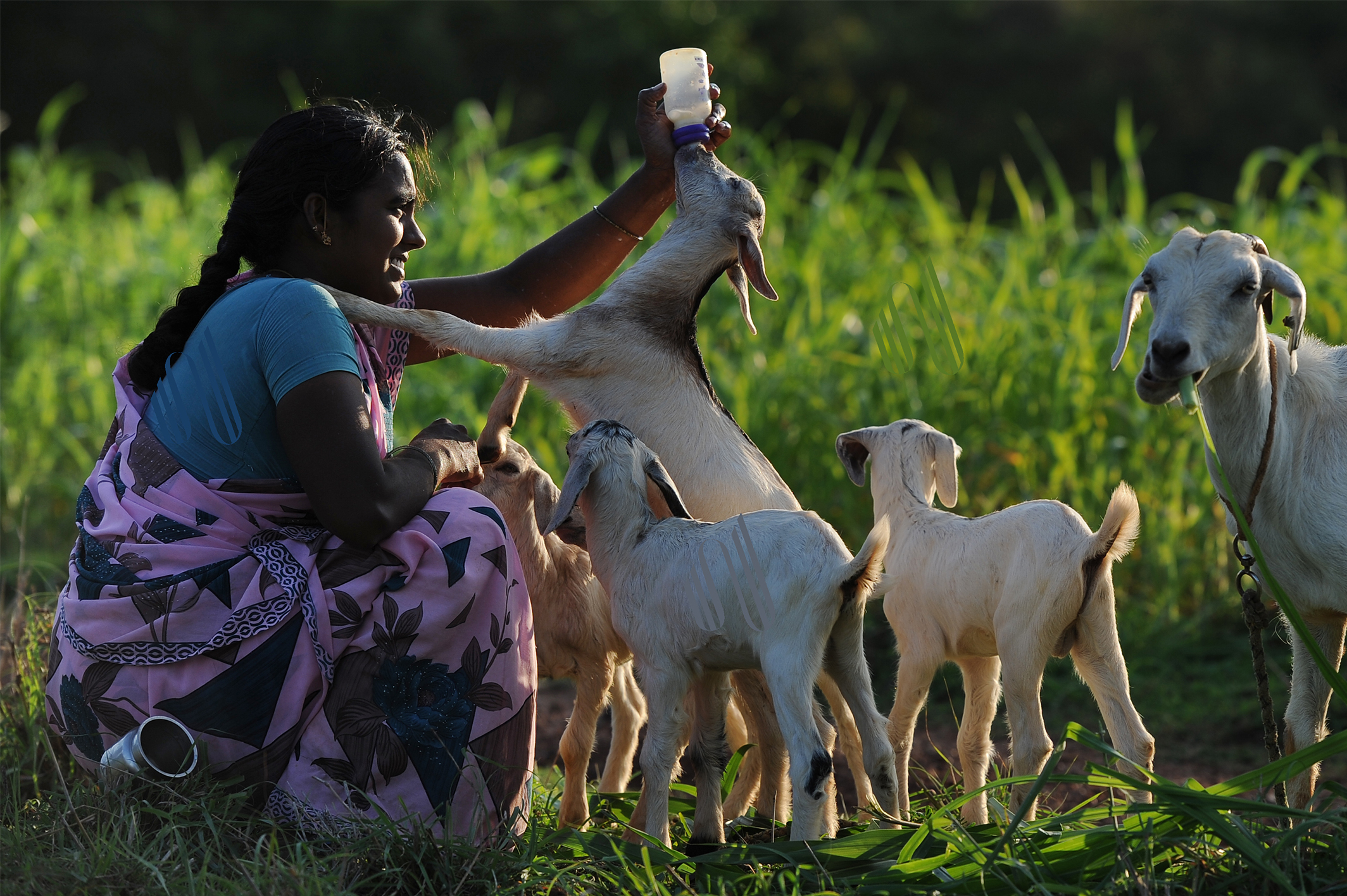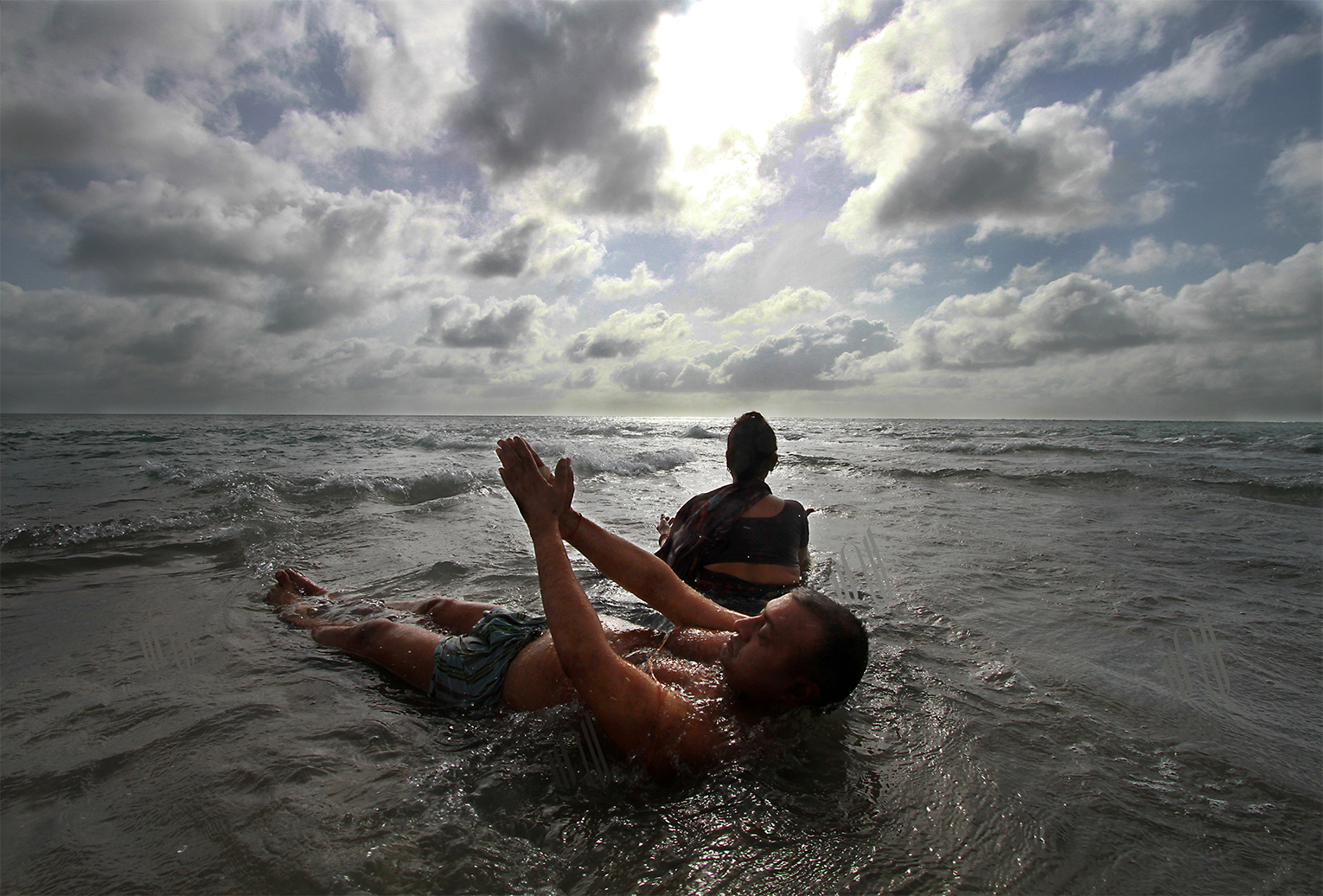
Renewed hope with revitalised health
The images showcase the personal, economic and social transformation wrought by Tamil Nadu’s health insurance model
Over the last three or four decades, Tamil Nadu has become renowned across the country, and even internationally, as a region that offers high quality health care. As one of the country’s most progressive States, it has been at the forefront in terms of medical infrastructure, from successful immunisation programmes across districts and well equipped primary health centres to hospitals and facilities that boast of cutting edge advances, on a par with the best in the world.
Healthcare of this calibre, however, is expensive and unaffordable for society’s economically weaker sections. While Government hospitals do provide free healthcare, smaller hospitals in the districts often lack the facilities for advanced surgeries. Moreover, there are long waitlists for emergency and life-saving surgeries. To address these challenges and ensure availability of advanced healthcare, the Government of Tamil Nadu introduced a scheme called the “Chief Minister Kalaignar Insurance Scheme for Life-Saving Treatments” in July 2009. This scheme is for the poorest of the poor – those from low-income and unorganised groups who cannot afford costly treatment for serious ailments, and can benefit from free treatment in empanelled Government and private hospitals.

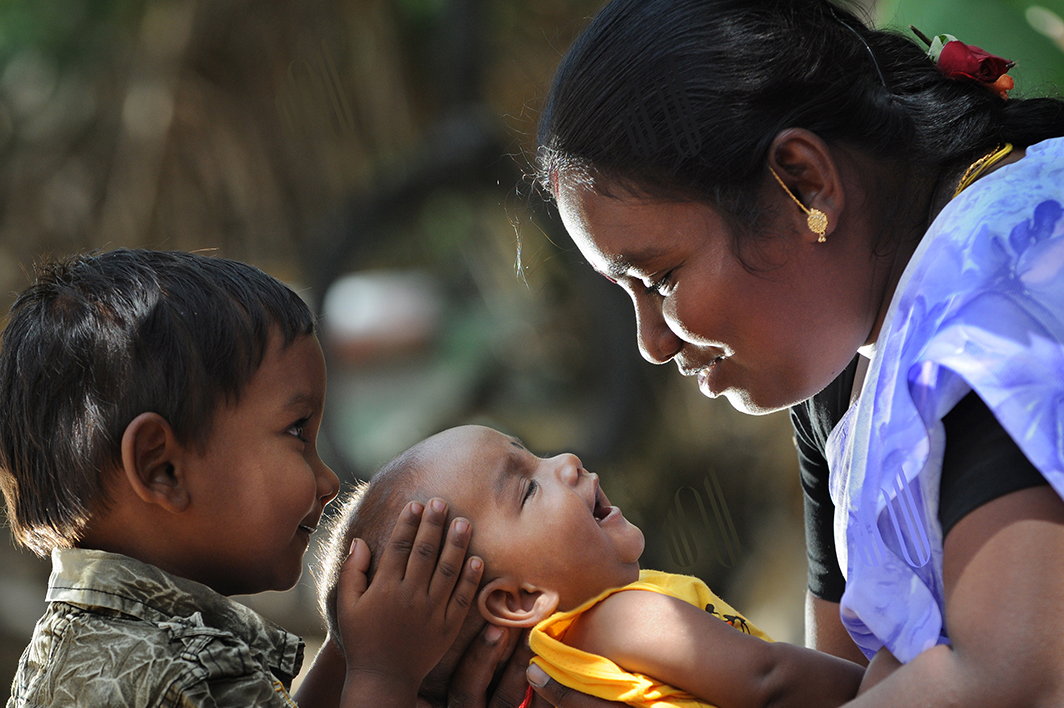
Launched in collaboration with Star Health & Allied Insurance Pvt Ltd, the scheme, also known as Kalaignar Kapittu Thittam, initially aimed to enroll 1 crore (10 million) families within six months, though the target was achieved well within four months, with about 600 hospitals and clinics on board within the year. The Chief Minister Kalaignar Insurance Scheme for Life Saving Treatment in Tamil Nadu was voted as one of the best projects in the Special Jury Mention Category of eINDIA Awards 2010, India’s largest ICT event. And the scheme continues to thrive, with more than 65 per cent of the state’s population enrolled under the health insurance scheme as of June 2021.
Families with an annual income below Rs 72,000 are eligible to enroll in the scheme and there are other qualifying conditions too. Over 1,200 types of surgeries are covered, and more than 1,300 hospitals are empanelled. Starting with an annual cover of Rs 1 lakh, the beneficiaries are now, since 2018, eligible for an increased cover of Rs 5 lakhs a year. An array of procedures is covered under some 40 general categories including cardiology, neurology, gynaecology, neo-natal care, orthopaedics and oncology. At the end of 2018, some 27 lakh people had benefited from the Thittam, with the cost of procedures performed totalling to ₹5,133 crore. From the newborn to the elderly, and including Sri Lankan Tamil refugees, KKT’s beneficiary list includes every segment of the poor and needy.
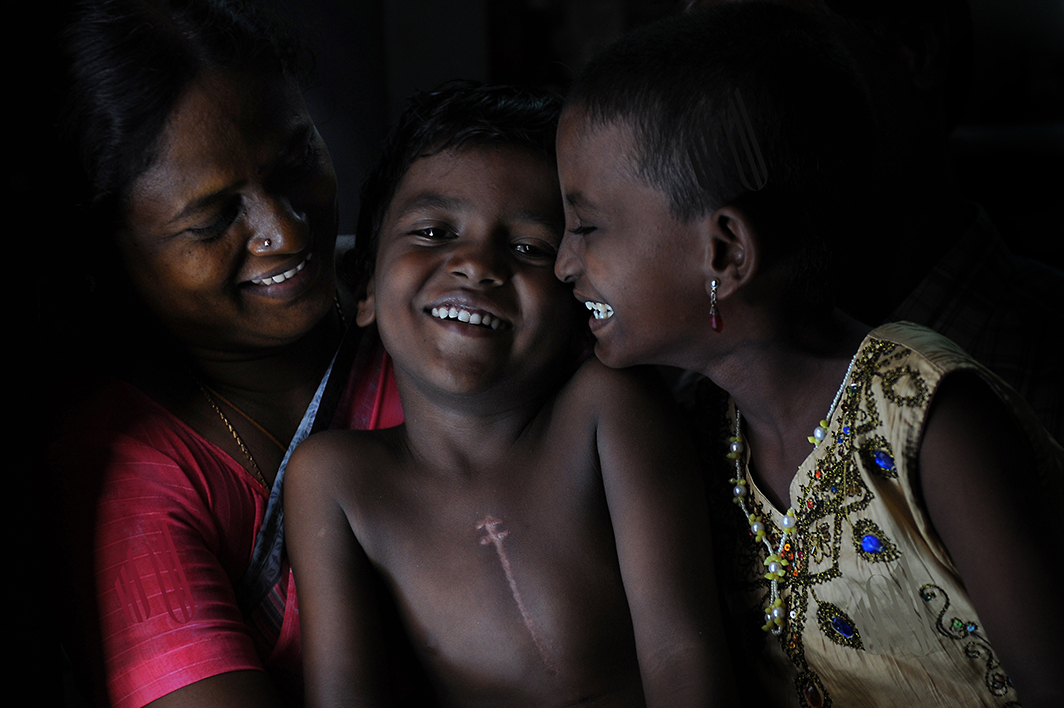

In what is now recognised as the scheme’s wider social impact, it is not only the individuals and their families who have benefited but also the larger community, and the rural and urban economies as well, as a result of healthy people returning to the workforce.
Shaju John was assigned the task of documenting the outcomes of the Thittam by visiting the beneficiaries and photographing them at their homes and workplaces, pursuing their trade or craft. Gratitude for their good fortune, and the happiness it brought them, is writ large in their expressions, captured by Shaju, who was given the artistic liberty to design the narrative as he wished, a freedom of spirit that is palpably visible in the images.
Gautama Buddha said that: “The secret of health for both mind and body is not to mourn for the past, worry about the future or anticipate troubles, but to live in the present moment wisely and earnestly.”


It is such moments in the altered present of these subjects that Shaju has recorded. Emotions of joy, pensive thoughtfulness as the pain of previous years is overcome, newfound self-confidence and pride at being able to work again, and of love and respect within families, cultures and communities are frozen in time and history, creating a collage of new experiences at an inflection point in their lives.
He and a small team travelled extensively in all districts of the State, from the bustling temple towns of Tenkasi and Srivilliputhur and the coastal kuppams of Cuddalore and Kanyakumari, to farms near Thanjavur and green slopes at Theni.
His meetings with those who had undergone years of suffering and physical pain, and the stories they told of the way their lives changed as a result of the treatment are at once deeply personal and joyous. This happiness is reinforced as the once unwell people reconnect with families and society self-confidently and resume the useful roles they once played in the community, earning their livelihood with renewed health and energy.

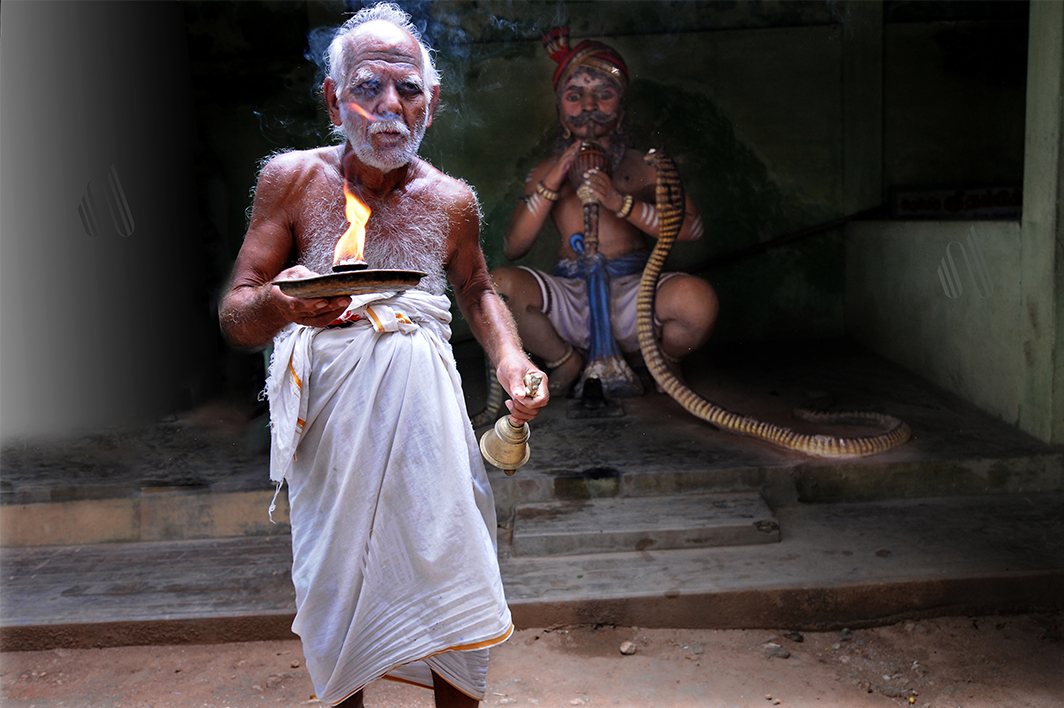
A large number of the beneficiaries had undergone highly complicated and challenging surgeries in private and government hospitals, health care they would otherwise have had no access to. The vibrant photographs were shot in unusual settings and often at the workplaces of the beneficiaries. From open fields to cottage industries, and the ocean’s edge to humble dwellings, the pictures tell the story of how the State, the insurance companies and various hospitals helped patients overcome serious, life-threatening conditions by providing them the best health care, and how the patients regained their confidence and began leading normal lives.
The photographs were originally shot for a coffee table book brought out by Star Health and Allied Insurance Co on one of the most impactful innovations in public health financing in the country that has been implemented with growing success for over a decade
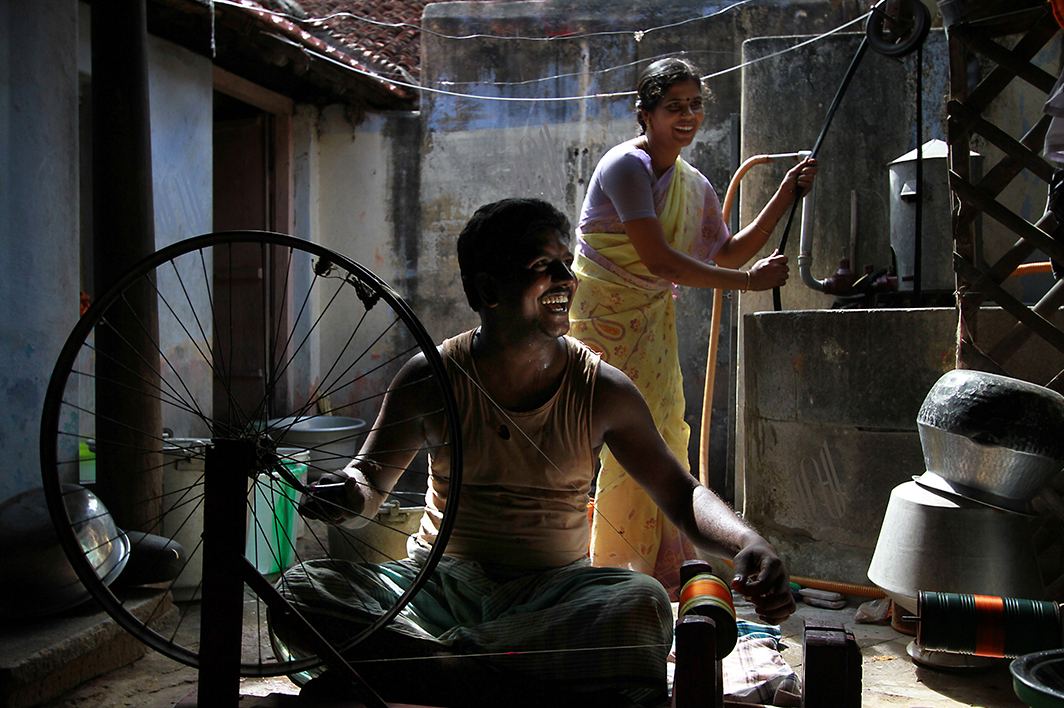

MORE PROJECTS






